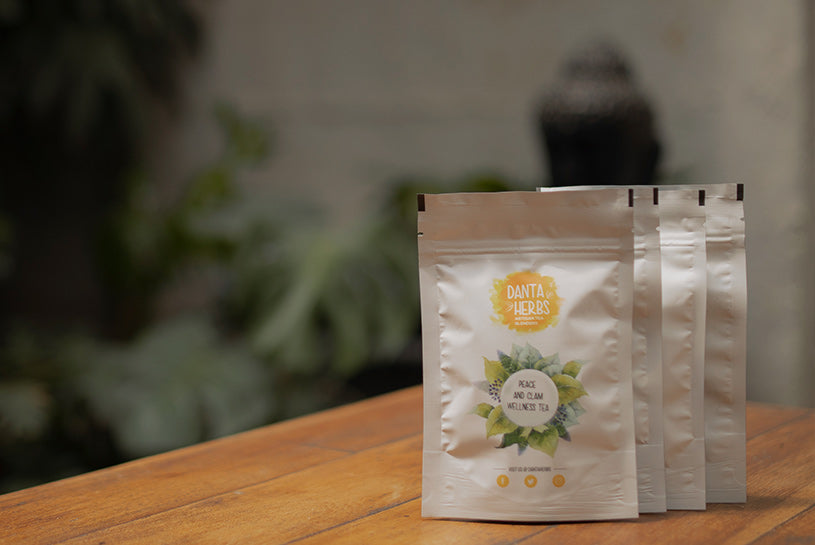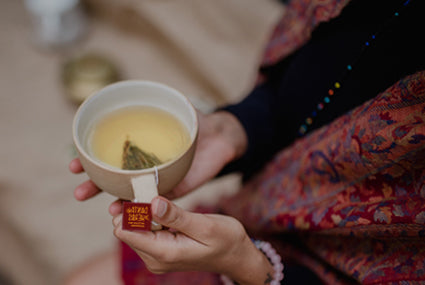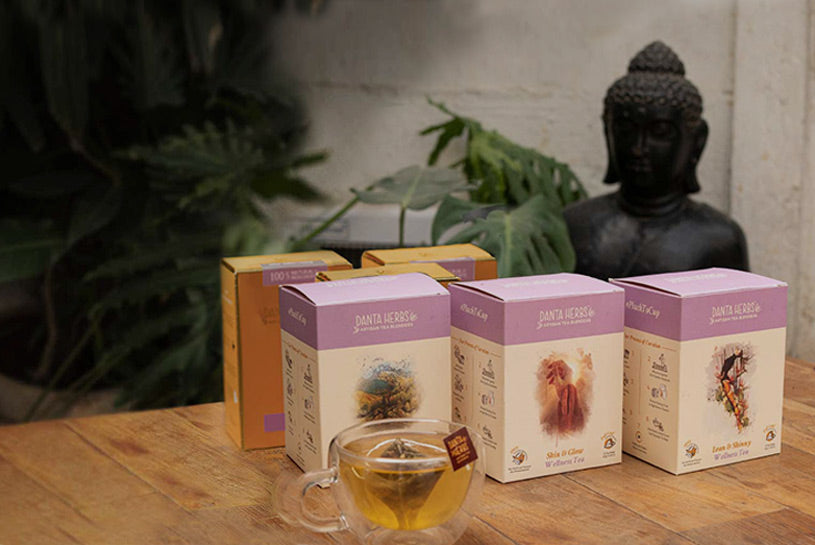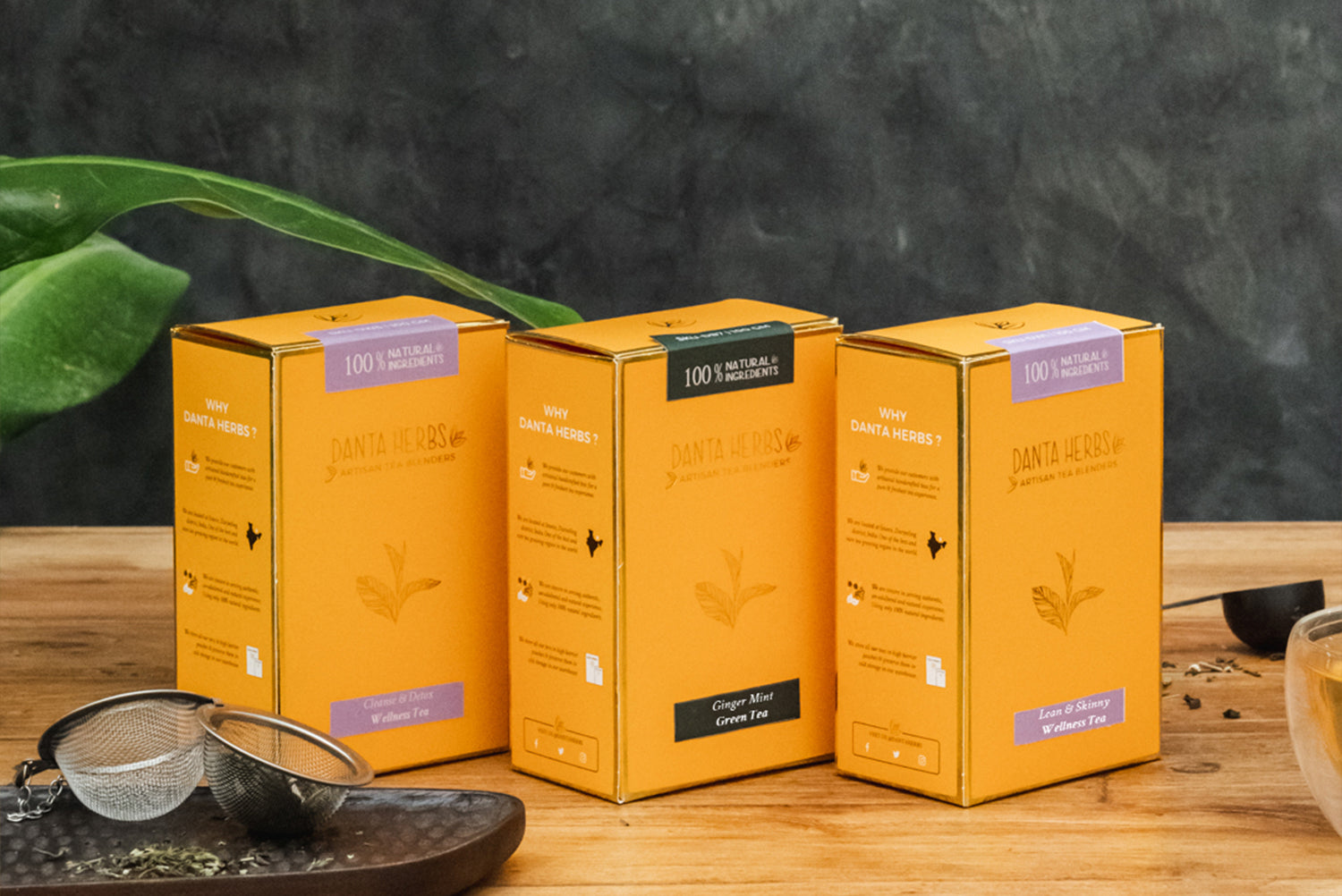All you need to know about your tea grades

Tea grades are tools that aid your understanding of the type and style of dry leaf. It ensures the uniformity of the leaf size and also prevents any small particles from detracting flavour away from tea brewed with large leaves. Tea grading helps one to assess the quality and value of the tea.
Drinking whole leaf tea helps us experience a rich flavour profile of tea. However, smaller, broken tea is good in quality too. The taste and body will differ greatly depending on the size of the leaf. It would be apt to say that grading is not directly related to quality but it influences the quality of the tea experience. For instance, English breakfast tea is broken to ensure a robust and pungent morning tea.
Whole Leaf grade
These teas infuse slowly and result in delicate or medium bodied teas.
Grade FTGFOP1
Orange Pekoe (OP) refers to the presence of whole leaves in this tea.
Flowery Orange Pekoe (FOP) indicates long whole leaves with buds.
Golden Flowery Orange Pekoe (GFOP) is long whole leaves with buds with the addition of the tips.
Tippy Golden Flowery Orange Pekoe (TGFOP) is a grade which is dense in tips.
Finest Tippy Golden Flowery Orange Pekoe (FTGFOP) is really premium tea.
Finest Tippy Golden Flowery Orange Pekoe One (FTGFOP1) is better than FTGFOP
Special Finest Tippy Golden Flowery Orange Pekoe (SFTGFOP) which is the superlative tea, simply the best.
Special Finest Tippy Golden Flowery Orange Pekoe One (SFTGFOP1) is a tea that is the best of the best.
Broken leaf grade
They result in darker liquor that infuses faster than whole leaf teas.
These fall on the other side of the scale from Orange Pekoe, going down in this order:
Broken Orange Pekoe (BOP)
Broken Orange Pekoe One (BOP1)
Flowery Broken Orange Pekoe (FBOP)
Golden Broken Orange Pekoe (GBOP)
Golden Flowery Broken Orange Pekoe (GFBOP)
Tippy Golden Broken Orange Pekoe (TGBOP)
Broken Pekoe (BP)
Broken Souchong (BS)
Fannings (F) and Dust (D) are at the bottom of the scale, which is a bad quality of tea.
Difference Between Orthodox and CTC tea
Orthodox tea and CTC tea are different styles of tea production or tea processing, and the main styles used in Indian tea making.
What is Orthodox tea?
Orthodox tea refers to loose leaf tea produced using traditional (orthodox) methods, which involves plucking, withering, rolling, oxidation/fermentation and drying.
What is CTC tea?
CTC (Crush, Tear, and Curl or Cut, Tear, and Curl) is a method of processing black tea in which tea leaves are passed through a series of cylindrical rollers with serrated blades that crush, tear, and curl the tea into small, even-shaped pellets.
Why are they produced ?
Orthodox teas are produced to preserve singular virtues of tea leaves and CTC teas are produced for fast production of homogenized tea.
Production Methodology of the teas
Orthodox teas are harvested in a traditional method and hence, their production is time-consuming and needs immense manpower. These blends are processed by hand to get the whole leaves. The process includes – Withering, rolling of the withered leaves to obtain chemicals, oxidation to get the reddish brown color of the leaves, firing for getting the final dried Orthodox tea leaves.
The whole process of producing Orthodox teas is looked after by a trained professional to make sure that the best flavors are extracted from the leaves.
On the contrary, CTC teas are produced in a conventional method and therefore, take much less time for production. It is a fast mode of producing tea of consistent quality. In this process, tea leaves pass through cylindrical rollers with serrated blades that crush, tear and curl the leaves and obtain the granules of CTC black tea.
What is the flavor profile of the teas?
Compared to a CTC tea, orthodox tea offers the most authentic tea experience. Orthodox teas, be it black, green, white or oolong, are known for their flavor complexity and delicate make, much the reason why they are highly prized in the world tea market.
Freshly produced orthodox tea benefits its drinker in far more positive ways than a CTC tea, especially in regards to health and wellness. The latter class of tea is generic tasting and produces strong, dark liquor with a distinctly astringent flavor profile. CTC tea also accommodates the addition of condiments like milk and lemon far better than orthodox teas.
What is the price tag for these teas ?
Since Orthodox teas give an authentic flavor, they are highly prized in the beverage market across the globe. CTC teas do give the right flavor but they are much affordable.
FAQ’s:
- What is the highest grade of tea?
The highest grades for Western and South Asian teas are referred to as "orange pekoe", and the lowest as "fannings" or "dust". Pekoe tea grades are classified into various qualities, each determined by how many of the adjacent young leaves (two, one, or none) were picked along with the leaf buds.
2. What is the highest grade of black tea?
“Pekoe” which is the highest grade of tea is also classified further into other tea grades. The further classification is dependent on how many adjacent young leaves were picked. There might be one, two or none of the adjacent leaves picked.
What is the highest grade of tea?
The highest grades for Western and South Asian teas are referred to as "orange pekoe", and the lowest as "fannings" or "dust". Pekoe tea grades are classified into various qualities, each determined by how many of the adjacent young leaves (two, one, or none) were picked along with the leaf buds.
What is the highest grade of black tea?
“Pekoe” which is the highest grade of tea is also classified further into other tea grades. The further classification is dependent on how many adjacent young leaves were picked. There might be one, two or none of the adjacent leaves picked.




